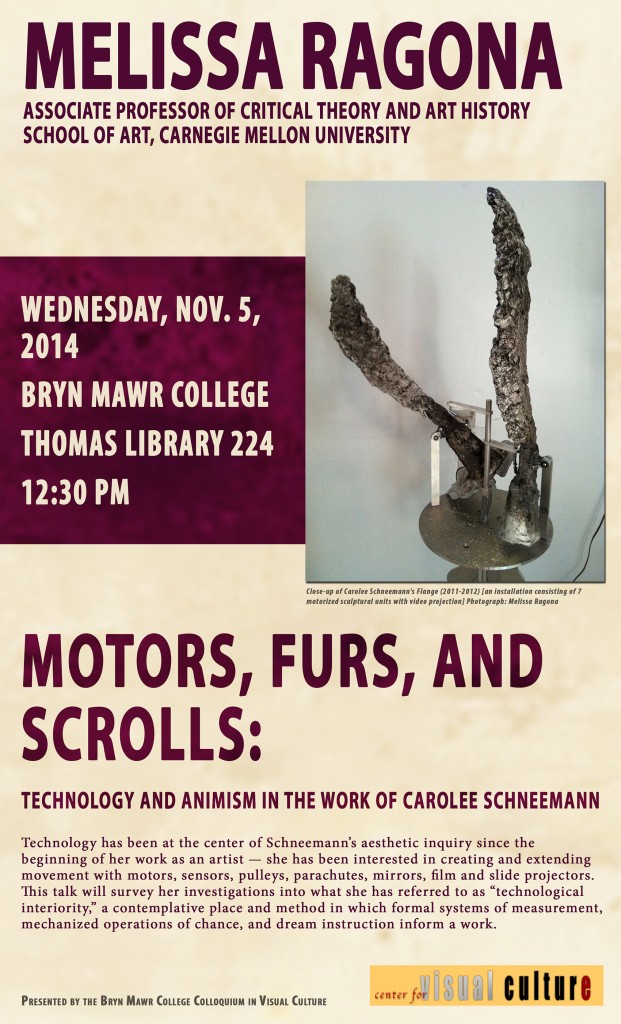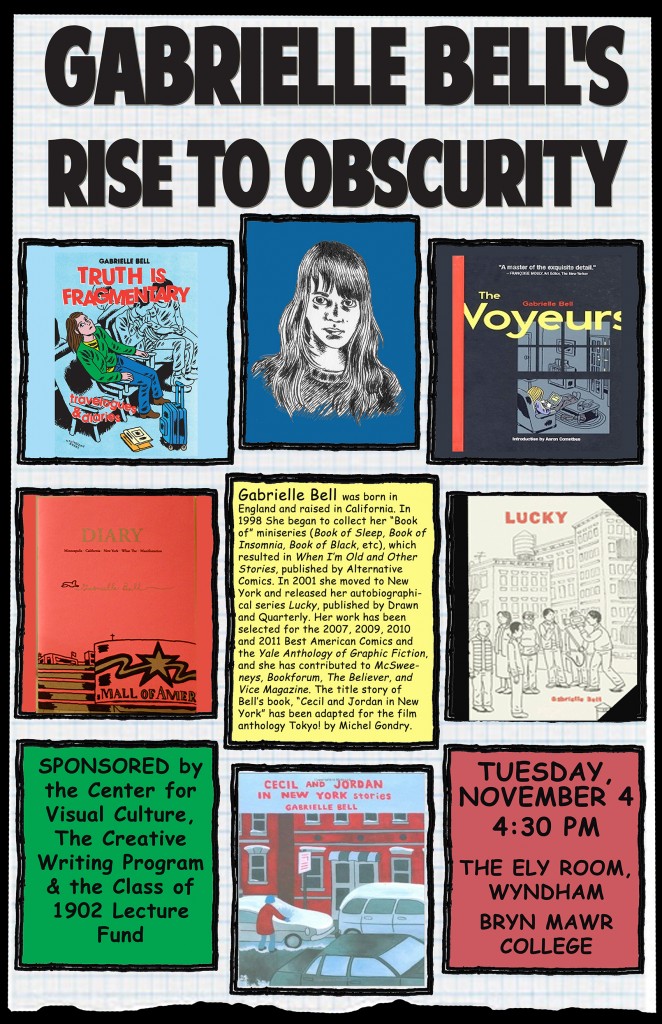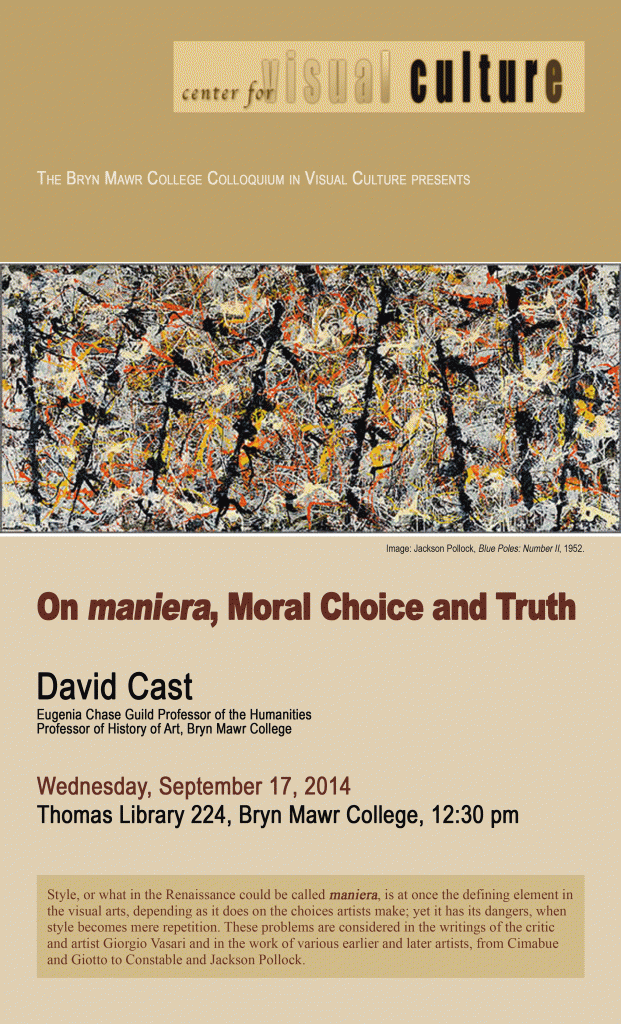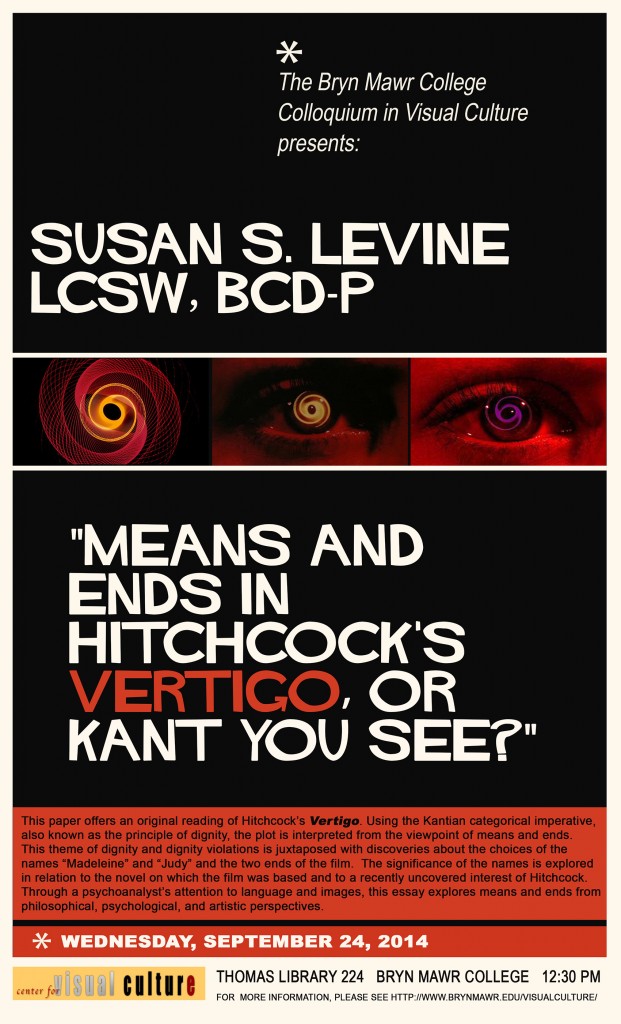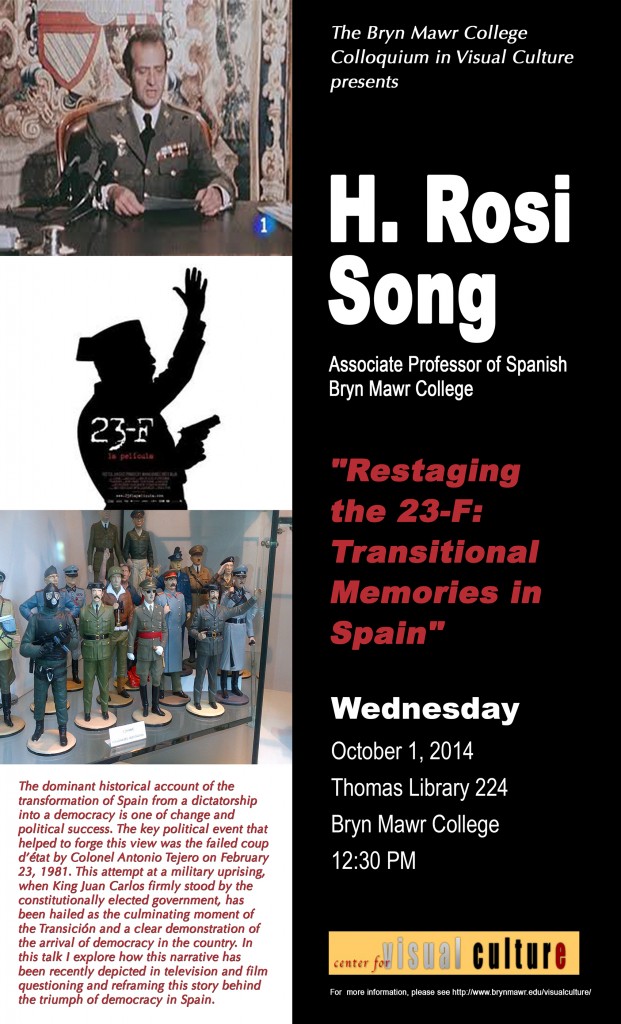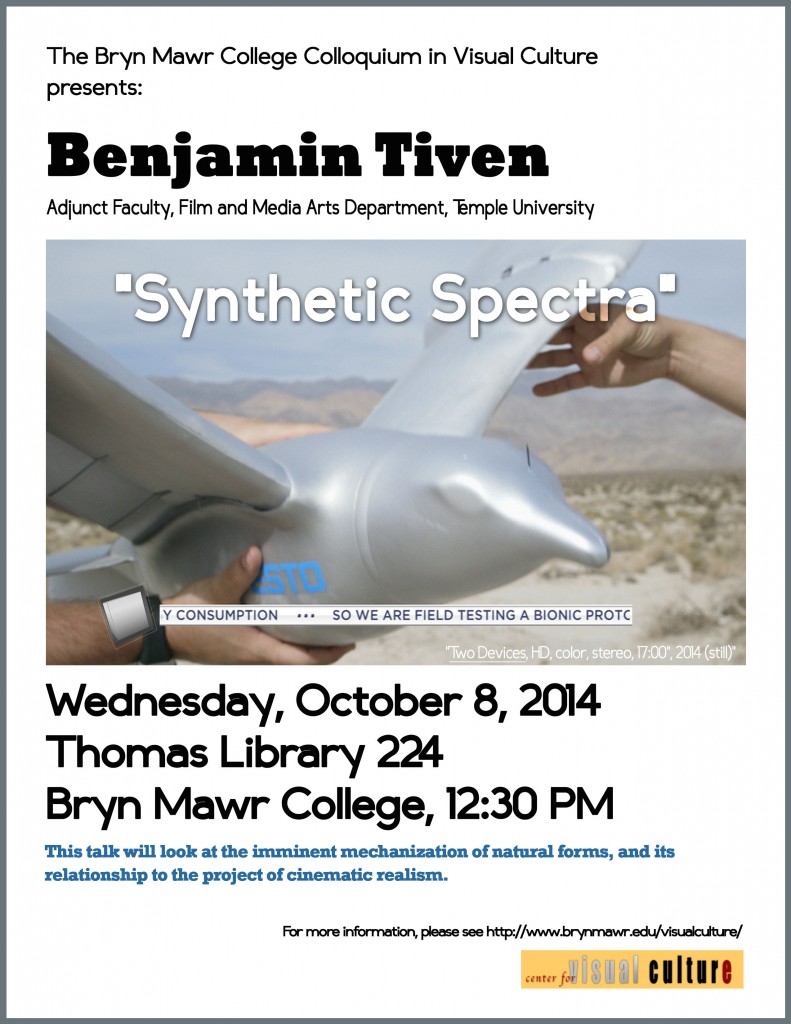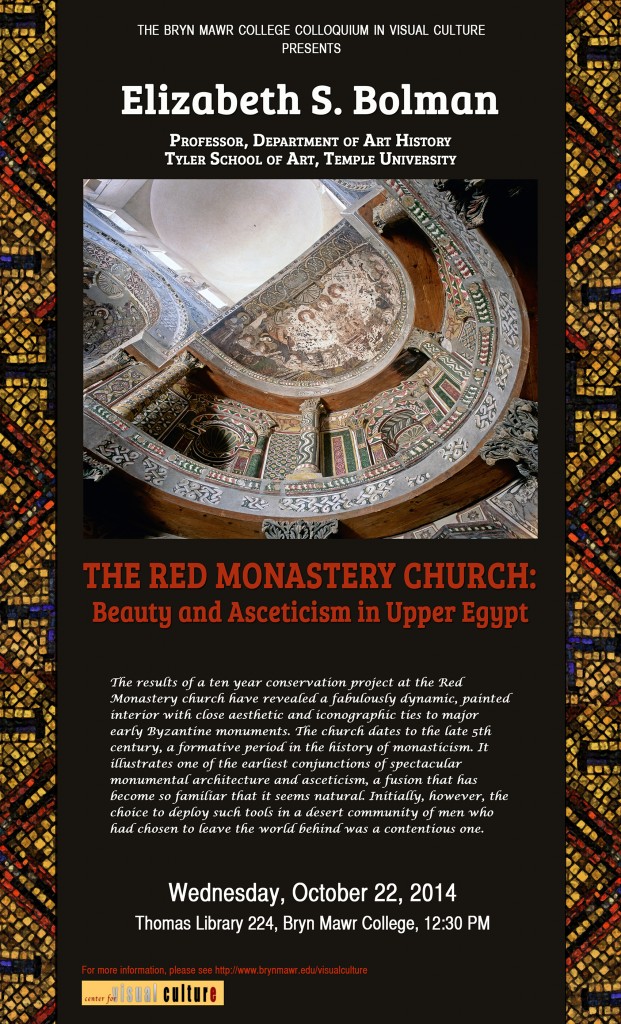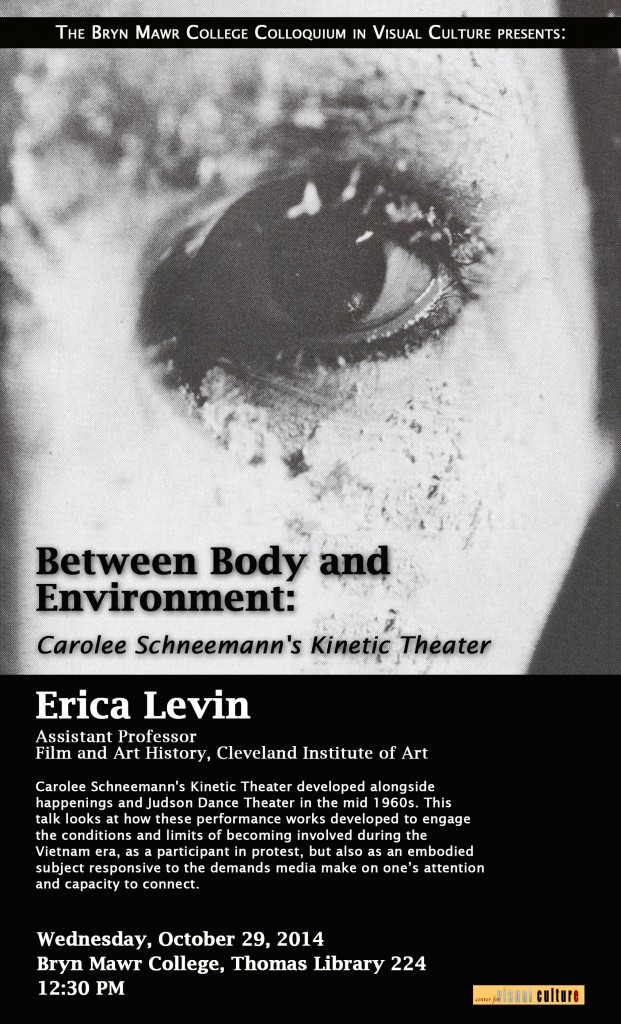Associate Professor of Critical Theory and Art History
School of Art, Carnegie Mellon University
MOTORS, FURS, and SCROLLS:
Technology and Animism in the work of Carolee Schneemann
Technology has been at the center of Schneemann’s aesthetic inquiry since the beginning of her work as an artist — she has been interested in creating and extending movement with motors, sensors, pulleys, parachutes, mirrors, film and slide projectors. This talk will survey her investigations into what she has referred to as “technological interiority,” a contemplative place and method in which formal systems of measurement, mechanized operations of chance, and dream instruction inform a work.
Melissa Ragona is an Associate Professor of Critical Theory and Art History in the School of Art at Carnegie Mellon University. Her book, Readymade Sound: Andy Warhol’s Recording Aesthetics, is forthcoming from University of California Press, Berkeley and her essays and reviews have appeared in October, Frieze, Art Papers and in the edited collections Women’s Experimental Cinema (2007), Lowering the Boom: Critical Studies in Film Sound (2008), Andy Warhol Live (2008), and Oxford Handbook of Sound and Image (2013).
